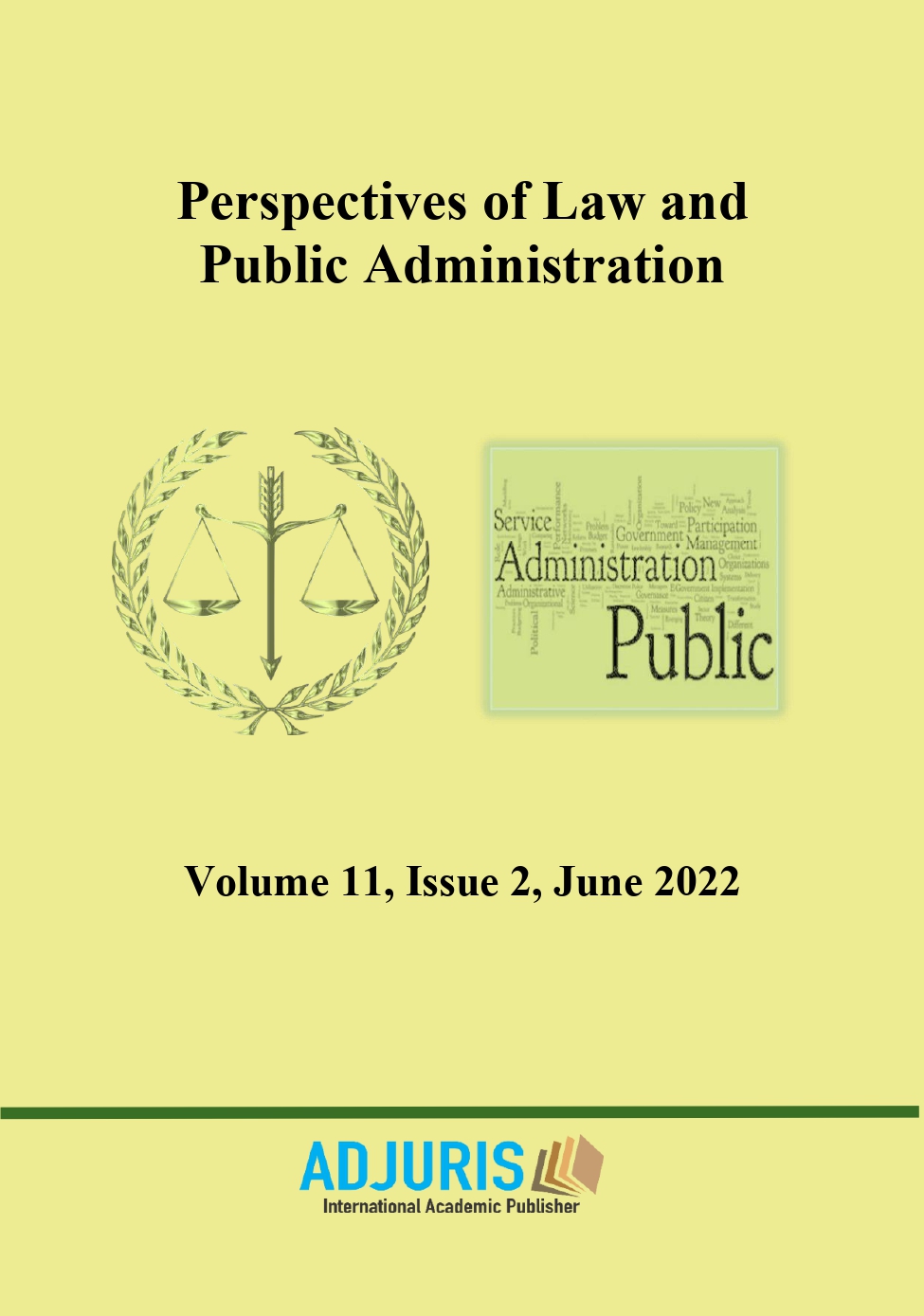PUBLIC INTERNATIONAL LAW AND FINTECH CHALLENGES
PUBLIC INTERNATIONAL LAW AND FINTECH CHALLENGES
Author(s): Cristina Elena Popa TacheSubject(s): International Law, Law and Transitional Justice, Public Law, Law on Economics
Published by: Societatea de Stiinte Juridice si Administrative
Keywords: fintech; treaties; industry; public international law;
Summary/Abstract: Public international law faces new challenges. So far, several countries have signed dozens of FinTech Cooperation Agreements (CAs), which aim to promote closer cooperation in the field of FinTech but also to promote innovation in financial services. States interested in moving forward in this area are keen to deepen bilateral and multilateral FinTech cooperation to facilitate trade, investment and ecosystem development in the FinTech market sector. At the international level, the focus is on supporting the mutual establishment (between states) of FinTechs that want to expand globally to help the industry navigate its evolution. Another purpose of the FinTech treaties is to standardise information about emerging market trends and the sharing of experience from each jurisdiction. This includes collaboration in areas such as blockchain and distributed ledger technology, digital identities, cross-border data connectivity, data portability and the application of FinTech to promote sustainable finance. Within the European Union, new financial technologies underline the objective already set out in the Treaty of Rome - to achieve a single market for capital under the corollary of financial stability and security and consumer protection. This modern type of treaty continues the tradition of concluding trade agreements and supports the economic environment with local, regional and global opportunities arising from the digital boom that is crossing borders, reshaping industries and transforming economies in the region. In the face of these challenges, public international law is performing its regulatory function. To produce this article, we have used a prospective and feature-identifying method that promotes consistency of hypotheses.
Journal: Perspectives of Law and Public Administration
- Issue Year: 11/2022
- Issue No: 2
- Page Range: 218-225
- Page Count: 8
- Language: English

